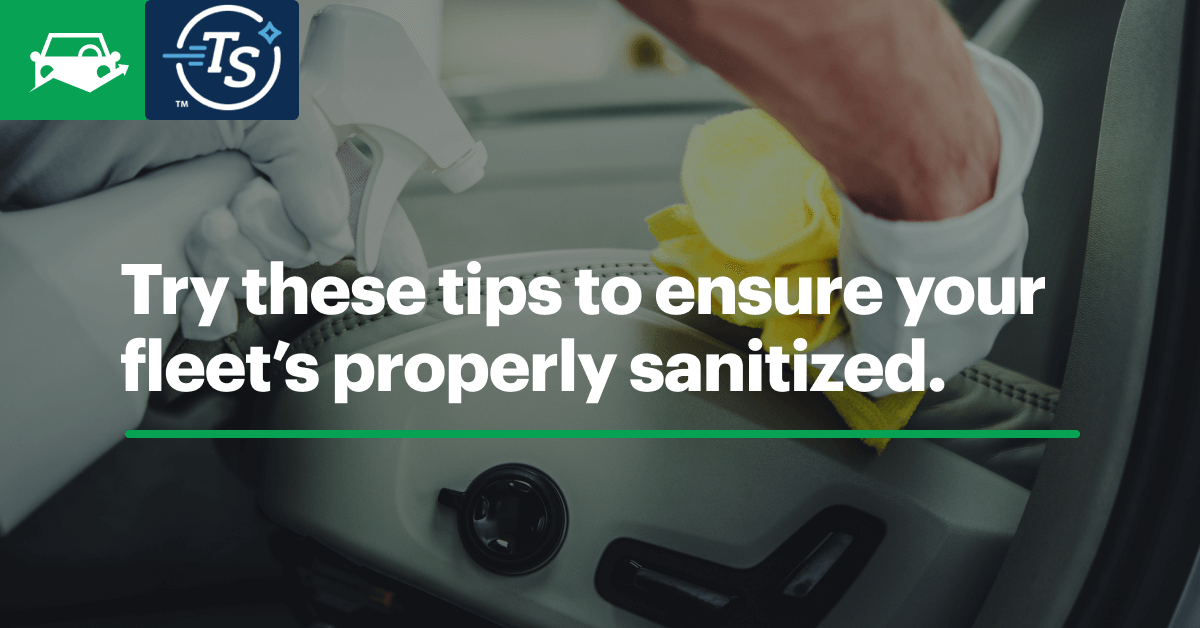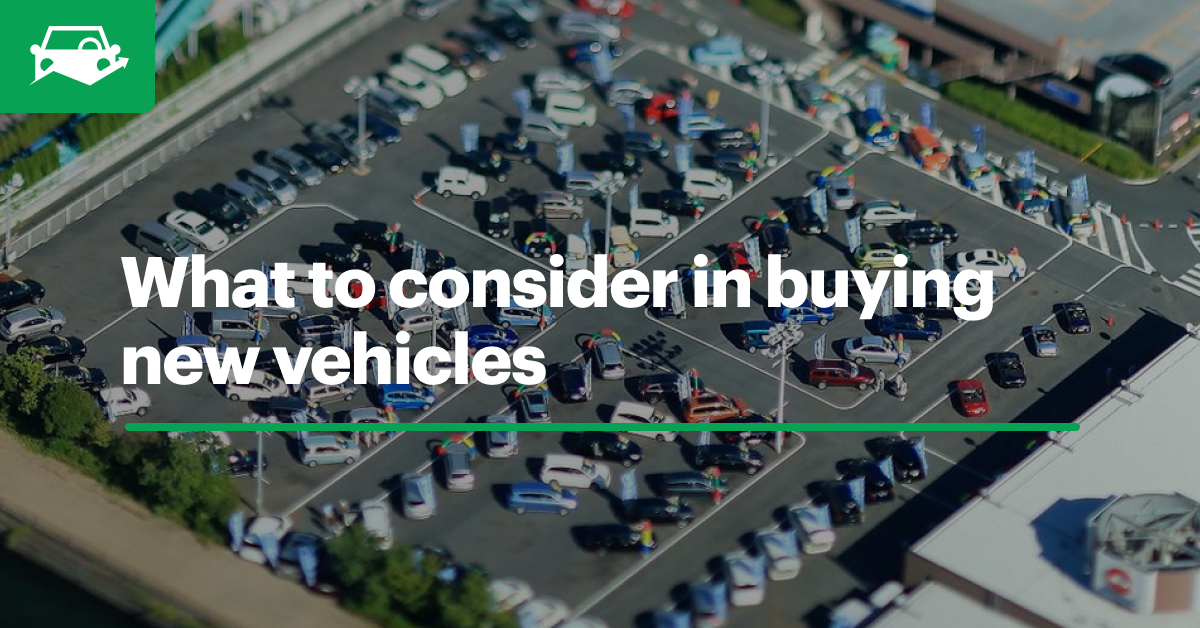Fleet vehicle sanitization should be emphasized in your driver's vehicle inspections. A properly sanitized vehicle reassures your commitment to the well-being of drivers and passengers.

By: James Moore, TS Certified
How to Protect Your Fleet, Drivers and Passengers in a Global Pandemic
Fleet operators face a significant challenge during the COVID-19 pandemic and beyond. Drivers and passengers need to feel safe as well as confident they are traveling in a vehicle where the risk of exposure is essentially non-existent.
With this new benchmark set, there is positive news in the fact that there are systems, solutions and protocols to sanitize vehicles and reassure operators, drivers and passengers their health and safety are your number one priority. Here are six vehicle sanitization best practices for your fleet to follow.
1. Basic Cleanliness
A clean vehicle interior is instinctively reassuring and comforting to drivers and passengers. It suggests the operator of the fleet is considerate of a passenger’s well-being and conscious of the details. There is a reduced chance of viruses or germs attaching to surfaces when they are regularly cleaned.
Wipes and standard cleaning sprays help remove dirt, dust and particulate matter from dashboards, seats and anything a driver or passenger might come in contact with.
Use a vehicle inspection app to conduct vehicle inspections daily to ensure your drivers are keeping your vehicles as clean as possible. Let your customers or employees know you’re dedicated to essential vehicle cleanliness practices during and after the pandemic.
2. Spray Solutions
An effective method for sanitizing against harmful contaminants is to use a spray solution. For the greatest effectiveness, do not use these compounds until the interior surfaces of a vehicle have been cleaned.
When selecting a disinfectant, it is important to confirm they meet the standards and guidelines set forth by agencies such as the Environmental Protection Agency (EPA), the Center for Disease Control and Prevention (CDC) and in some cases even the Food and Drug Administration (FDA).
Next, it is important to confirm the product’s kill claims and effectiveness against viruses (including COVID-19), bacterias and germs. It is recommended to seek out federally regulated products with a 99.99 percent kill rate.
3. Vapor Shock
Since fleet operators have other responsibilities, the goal should always be to find a process that is not just fast but also safe. Sanitizing your fleet with a “vapor shock” is the best way to expedite treatment and limiting downtime. Sanitizing your fleet vehicles with a “vapor shock” is the best way to expedite treatment and limiting downtime.
Vapor shocks include a sprayer, usually electric, to spray the cabin and passenger space of a vehicle, ensuring more complete coverage of all surfaces. The most important step to remember when applying any vapor application is the required “dwell time”. This is the required time the undisturbed vapor needs to achieve its full sanitizing capability.
4. Application
Differing sanitization solutions require various approaches to implementation. Vapor shocks often dry quickly enough that the driver and passenger can enter the vehicle and safely get on the road after application.
Depending on how much solution is sprayed, some surfaces may retain moisture and need a wipe down before drying. Checking for pooled or excess moisture can also ensure that any dry or missed surfaces are readdressed and adequately treated.
Fleet managers typically look for vapor shocks that do not require significant wipe downs and dry quickly while eliminating 99.99 percent of viruses and bacteria so they can get vehicles back on the road as quickly as possible.
5. Sustaining Safety
Sustaining a safe vehicle sanitization protocol requires a certain amount of diligence and understanding of vehicle loads and routes. The number of passengers each day and trip mileage can mean a vapor shock anywhere from daily application to a single monthly treatment.
For example, taxi drivers often treat their vehicles with a daily vapor shock, some even make a decision after each fare as to whether they need another application.
In addition to regularly scheduled shock or spray applications, there are some products that provide additional residual protection that can sustain a higher level of sanitization. Calculating your fleet’s application needs should be determined by consulting with a sanitization specialist.
6. Communication
There is little added value to your company for dedicated sanitization without effective communication. Let your employees and your customers know what you are doing to keep them safe and healthy.
Consider signage to verify your dedication to overall fleet health and safety. There are also apps where VINs can be registered to ensure a vehicle has been certified 99.99 percent virus and bacteria-free. Let the marketplace know of your commitment to addressing the concerns of your passengers, employees, and drivers.
The pandemic has forced fleets to refocus and rededicate themselves to caring for more than just the dangers seen on the roadways. We are now compelled to do a better job of communicating and sharing what we are doing to maintain the health and safety of everyone involved in our fleet operation.
TS Certified, the gold standard in vehicle sanitization, is on a mission to share its expertise and experiences with fleets of all sizes to help secure a healthier and safer future for all.



